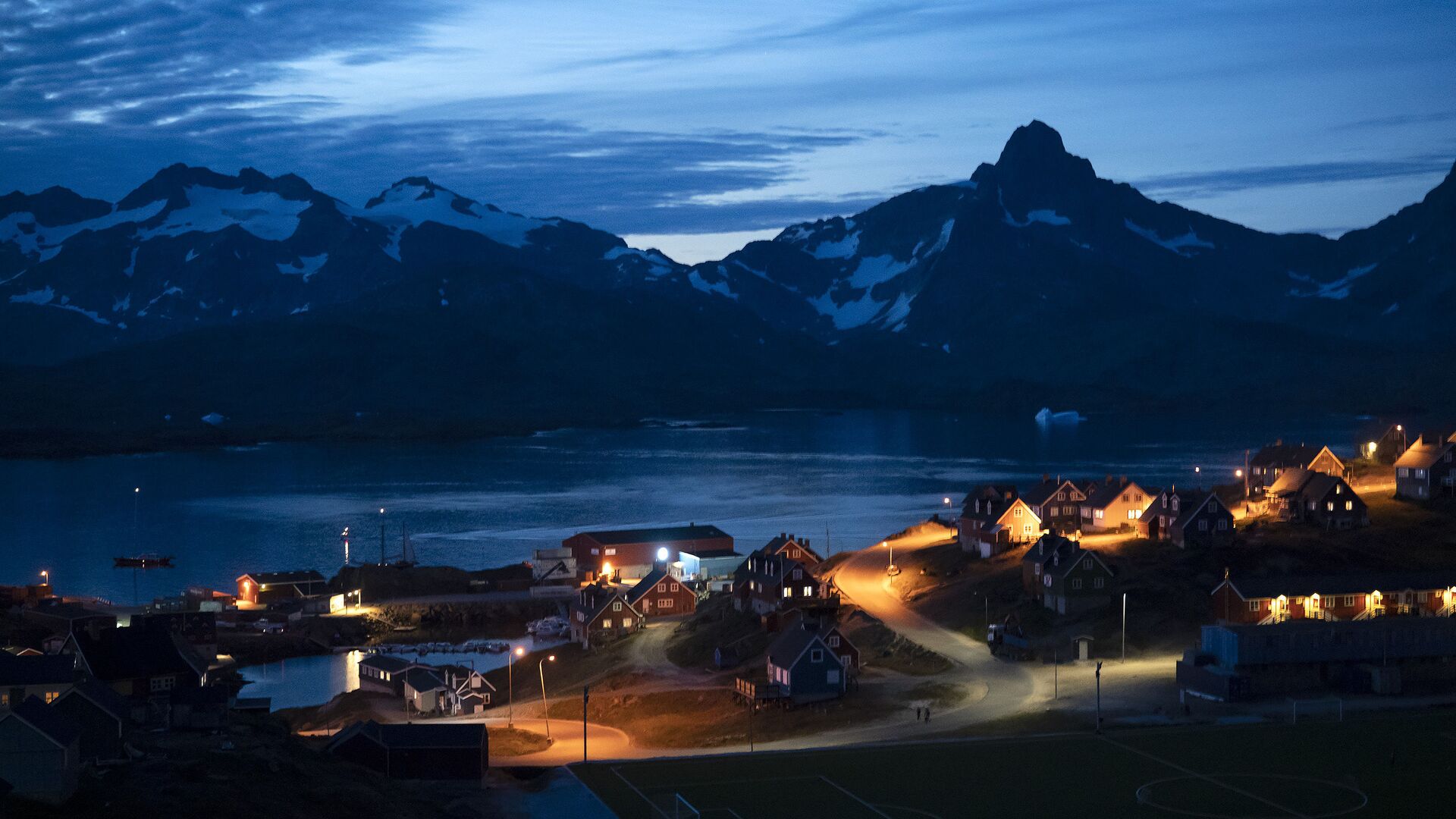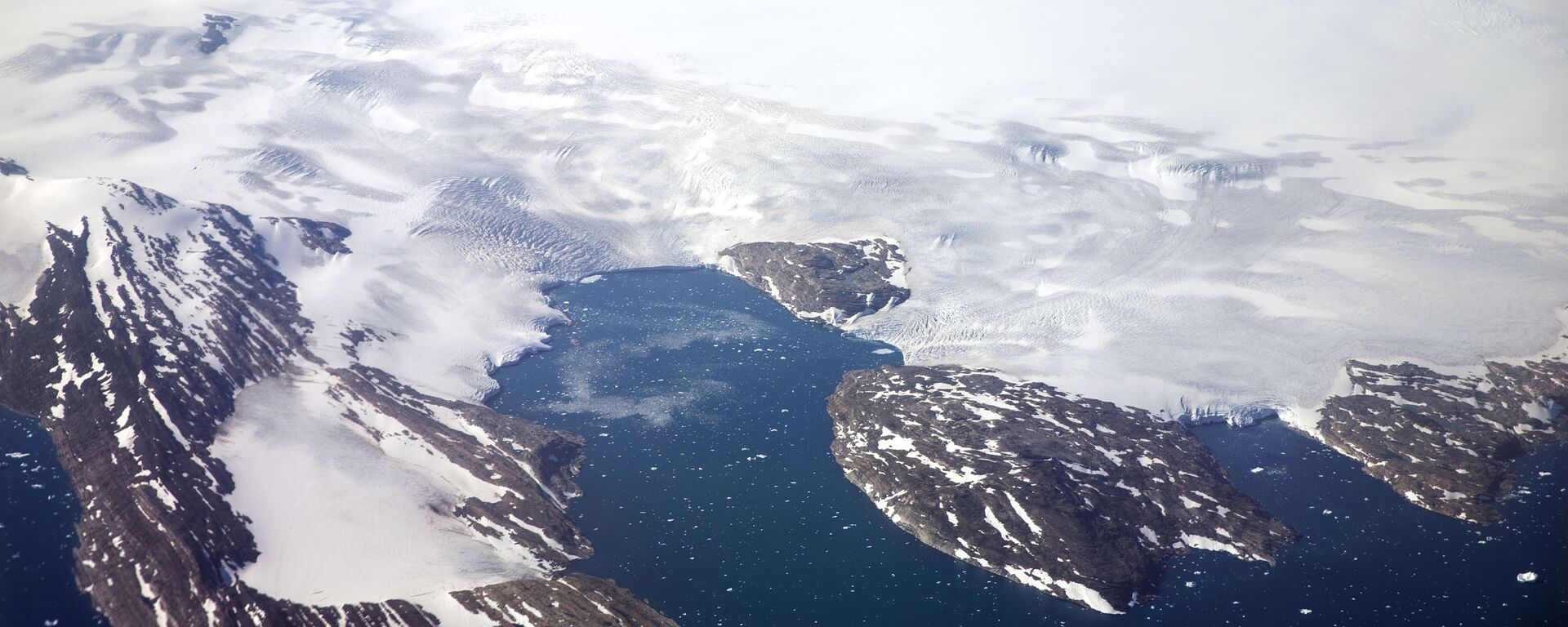A team of geochemists has discovered evidence that vast swathes of our planet were at some point all molten. The discovery occurred in southwest Greenland, which is home to the Earth's oldest-known rocks.
Their study published Friday in the journal Science Advances cites a joint comprehensive analysis indicating that the billions-of-years-old rocks from the Isua supracrustal belt hides chemical traces of a real magma ocean. The researchers picked samples from 3.7-billion-year-old basalt rocks and looked into their chemical build-up, spotting by means of chromatography and mass spectroscopy extraordinarily high levels of heavy iron isotopes. The researchers also stumbled upon hafnium and neodymium isotopes, as well as rare tungsten isotopes, relative to, as per Live Science, an "ancient parent isotope" that was present in the Earth's crust for the first 45 million years of the planet's existence.
"The hafnium and neodymium isotopes were really tantalizing, because those isotope systems are very hard to modify – so we had to look at their chemistry in more detail", the study's co-author and Carleton University associate professor Dr Hanika Rizo shared enthusiastically.
The no less important iron isotopes led the team to conclude that the Isua rocks had been made of the material that resulted from of the crystallisation of the magma ocean.
The crystal residues then melted and mingled with the rest of the molten rocks, carrying the isotopes along with the liquid mass across the lower and upper mantle alike.
The question still remains as to how the super-ancient rock ended up on the surface having previously turned into liquid, but a Cambridge University paper pointed to massive collisions during the formation of the Earth and its natural satellite the Moon that would have generated enough energy to melt the planet's internal parts. The latter would then cool and crystallise, with the isotopes having travelled to a different spot. Also, tectonic shifts could have "recycled" almost all rocks older than four billion years, around the same age as those found in some parts of Greenland.
According to lead author Helen Williams, a professor of geochemistry at Cambridge, uncovering the geological evidence of the Earth's former molten state is "extremely difficult" as "magma ocean crystallisation events would have taken place over 4 billion years ago, and much of the geological record from that period of Earth's history has been lost since then", she told Fox News on Saturday.




